CUET UG Film Production
Film Credits: Introduction
As the lights dim and the movie concludes, names start to scroll across the screen. The film credits are a long list that often drives viewers to leave quickly. Have you considered the significance of these credits? What story do they tell about the process of filmmaking?
This article will explore the often-overlooked aspect of film production: the credit roll, including its purpose, structure, and the various roles it represents. It is relevant for cinephiles, aspiring filmmakers, and anyone curious about the movie industry.
Film credits are not merely a list of names at the start and finish of a movie. They recognize the many individuals who dedicated their time, talent, and expertise to create a cinematic work.

Film credits recognize everyone involved in the production process, from the director and lead actors to the grip and catering staff.
Viewers usually observe three main aspects when watching credits:
- Film credits can be very long, often lasting several minutes
- The credits showcase the wide range of jobs involved in film production
- Many viewers do not recognize many of the job titles in the credits
These observations highlight the complexity of filmmaking and the industry’s collaborative nature. We will examine each of these aspects in detail.
Film Credits Structure
Film credits are divided into two main sections: opening credits and ending credits. Each has a unique purpose and adheres to a specific structure.
Opening Credits
A film begins with the display of opening credits, also known as main titles. They introduce the audience to the main creative forces behind the movie and establish the tone for the viewing experience.
Most movies present opening credits in a hierarchical order, beginning with the least significant contributors and progressing to the most significant.
The typical sequence for movie opening credits is:
- Production Company presents (distributor)
- A Production company (producer)
- A Filmmaker film
- Film Title
- Lead Cast
- Supporting Cast
- Casting Director
- Music Composer
- Costume Designer
- Associate Producers
- Editors
- Production Designer
- Director of Photography
- Executive Producer
- Producer
- Writers
- Director
This structure can change based on the film, studio, or contractual obligations. Many modern films have shifted from lengthy opening credits to a straightforward title card, reserving full credits for the conclusion.
Ending Credits

The ending credits, also called closing credits or end credits, appear at the conclusion of the film. Their main purpose is to acknowledge everyone who contributed to the movie’s creation. These credits are typically much longer and more detailed than the opening credits.
A common order for ending credits is:
- Director
- Writers
- Producer
- Executive Producer
- Lead Cast
- Supporting Cast
- Director of Photography
- Production Designer
- Editor
- Associate Producers
- Costume Designer
- Music Composer
- Casting Director
The credits include many additional roles following the main ones, often categorized by departments like the art department, the sound department, the visual effects department, and more.
The Significance of Credit Order
The sequence of names in film credits is intentional. It reflects a carefully negotiated hierarchy within the film industry. Placing a person’s name in the credits involves prestige, contractual obligations, and industry tradition.
Opening Credits
The opening credits usually show the order of roles based on their importance in making the film. The director, as the creative force behind the film’s vision, typically receives the final and most significant credit. However, the “A Film By” credit has been subject to much debate in the industry because of filmmaking’s collaborative nature.
The opening credits prominently feature writers, producers, and lead actors. Their placement can result from intense negotiations and can significantly impact an individual’s career and earning potential in future projects.
Ending Credits
The ending credits comprehensively list everyone involved in the production. They begin with key creative roles, reflecting the opening credits, and quickly broaden to include various positions, such as production assistants and catering staff.
Typically, the department dictates the arrangement, with each department internally structured according to seniority or contribution. This part of the credits provides audiences with a genuine understanding of the vastness of the production and the multitude of individuals needed to create a film.
Understanding Key Roles in Film Credits
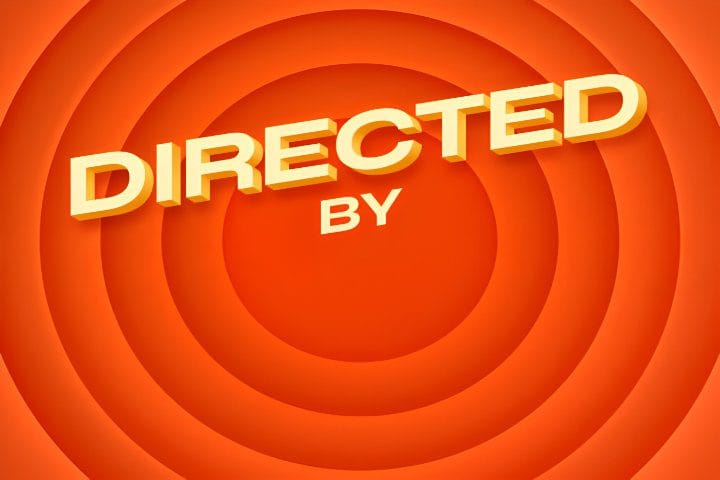
Understanding key roles in film credits is essential for true appreciation. Here are some key positions you will find in film credits:
Director
The director is the creative force behind the film. The script is transformed into a visual narrative, and the actors’ performances are carefully directed. Essential creative choices are made at every stage of the production process.
Writers
Writers craft the screenplay that serves as the essential framework of the film. This can include the original screenwriter and any writers brought in for rewrites or adaptations.
Producers
Producers manage the complete filmmaking process from inception to completion. They secure funding, manage the budget, hire key personnel, and ensure that the production runs smoothly. There are several types of producers:
- Executive Producer: Often responsible for securing financing or lending their name to the project to attract talent or funding.
- Producer: Engaged in the daily operations and involved in the decision-making processes during the entire production phase.
- Associate Producer: Assists the main producer in various tasks and responsibilities.
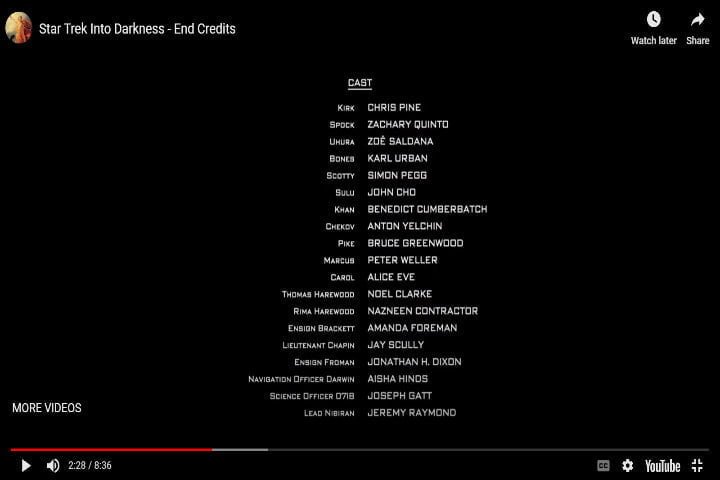
Cast
The cast comprises every actor featured in the film. They are typically listed in order of importance to the story or based on their star power. The cast list is typically organized into:
- Lead Cast: The main actors who carry the story.
- Supporting Cast: actors with significant roles that support the main storyline.
- Featured Players: actors who have made significant contributions through smaller yet impactful roles.
Director of Photography (Cinematographer)
The Director of Photography, commonly referred to as the DoP, is crucially responsible for shaping the visual aesthetic of the film. The DoP collaborates intimately with the director to establish camera angles, lighting, and the overall visual style.
Production Designer
The production designer is responsible for crafting the film’s overall visual identity, including the design of sets, the selection of locations, and the general aesthetic that enhances the narrative.
Editor
The Editor assembles the raw footage into a coherent narrative, working closely with the director to shape the final cut of the film.
Costume Designer
The Costume Designer holds the crucial role of either creating or selecting every costume that the actors wear, meticulously ensuring that each piece aligns with the characters and complements the film’s overall aesthetic.
Music Composer
The Music Composer is responsible for crafting the original score for the film, meticulously composing music that amplifies the emotional resonance of the scenes and bolsters the narrative.
Casting Director
The Casting Director is responsible for identifying and choosing the actors for every role in the film, collaborating closely with both the director and producers throughout the process.
Lesser-Known Roles in Film Credits
While the roles mentioned above are familiar to many, film credits reveal many other positions crucial to the filmmaking process. Let’s explore some of these lesser-known but essential roles:
Grip Department
Grips play a crucial role in the setup, rigging, and maintenance of all camera-support equipment, including tripods, dollies, tracks, jibs, cranes, and various other forms of camera support.
Gaffer and Electrical Department
The Gaffer is the head electrician on set, responsible for executing the lighting plan the Director of Photography developed. The electrical department works under the Gaffer to set up and manage all the lighting equipment.
Sound Department
This team is responsible for capturing and mixing all the audio elements of the film. Key roles include:
- The Production Sound Mixer is responsible for capturing dialogue and sound effects during the filming process on set.
- The Boom Operator is responsible for overseeing the microphones throughout the shooting process.
- A sound designer is responsible for creating and enhancing sound effects during the post-production phase.
- A Foley artist is responsible for creating and recording everyday sound effects during the post-production phase of a film or audio project.
Visual Effects (VFX) Department
In modern filmmaking, the VFX department plays a crucial role in creating spectacular and realistic effects. This team may comprise hundreds of artists, each focusing on different visual effects elements.
Stunt Department
Stunt coordinators and performers meticulously plan and execute a film’s action sequences, ensuring that each moment is both spectacular and safe.
Art Department
The art department, which works under the Production Designer, brings the visual world of the film to life. This includes set decorators, prop masters, and scenic artists.
Makeup and Hair Department
The artists are tasked with shaping the appearance of the actors, crafting a wide range of looks that span from casual, everyday styles to intricate and elaborate special effects makeup.
Location Managers
Location managers play a crucial role in identifying and securing all filming locations and overseeing logistics during on-location shoots.
Post-Production Team
In addition to the editor, the post-production team comprises color graders, sound editors, visual effects supervisors, and numerous other professionals who enhance the film following the completion of principal photography.
The Evolution of Film Credits
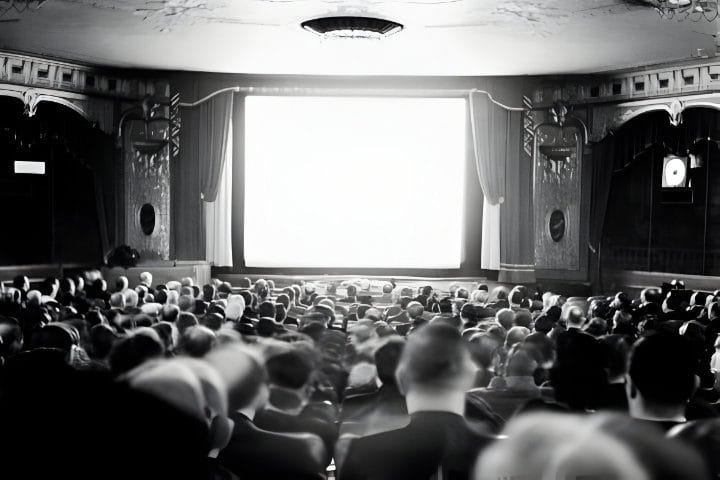
Over the years, the presentation of film credits has significantly evolved, reflecting changes in the industry and audience expectations.
The Early Cinema: In the initial phase of cinema, the credits presented were quite sparse. Typically, the opening sequence featured solely the production company alongside the film’s title. As the star system evolved, the names of leading actors emerged, yet detailed credits remained uncommon.
The Golden Age: During Hollywood’s Golden Age (1930s-1960s), opening credits became an art form in themselves. Elaborate title sequences, often featuring specially designed typography and animations, became a signature element of many films.
Modern Era: From the 1970s onward, there was a shift towards moving most credits to the film’s end. This allowed movies to start more quickly and maintain the audience’s immersion. The increasing complexity of film production also led to longer credit sequences.
Digital Age: The emergence of CGI and digital filmmaking has transformed credits into a more interactive and playful experience. Many films now include bloopers, extra scenes, or teases for future installments during or after the credits, encouraging viewers to stay seated until the very end.
The Legal and Contractual Aspects of Film Credits
Film credits are not just a courtesy; they often have significant legal and contractual implications. Many aspects of crediting are governed by union regulations and individual contracts.
Union Regulations
Guilds and unions in Bollywood, such as the Indian Film & Television Directors’ Association (IFTDA), Screenwriters Association (SWA), formerly known as Film Writers’ Association (FWA), All Indian Cine Workers Association (AICWA), and Cine & TV Artistes’ Association (CINTAA) have specific rules about how their members should be credited.
Negotiated Credits
Credit placement can be a crucial part of contract negotiations for high-profile talent. An actor’s or filmmaker’s contract can precisely outline the order, size, and duration of a credit.
Mandatory Credits
Certain credits are required due to licensing agreements or various legal obligations. For instance, films that incorporate licensed music are required to acknowledge the songwriters and copyright holders.
Conclusion
Film credits are often overlooked by casual viewers, but they highlight the collaborative nature of filmmaking. Every movie reflects the hard work, creativity, and dedication of hundreds or even thousands of individuals.
Every name in the credits plays a vital role in the filmmaking process, from the director’s vision to the grip’s technical skills and from the star’s performance to the caterer’s support. Film credits highlight the power of collaboration, creativity, and shared passion in achieving success.
The next time before you leave the theater, when the credits start, think about staying a bit longer. You will gain a deeper appreciation for the art of cinema and the talent required to bring a story to life on screen.
Exercise
While watching films or a television show, watch the credits closely and note down any job roles that sound interesting or whose titles seem unusual.
- Spend a bit of time researching that role/person on the web.
- Check out those individuals on IMDb and see what other productions they have worked on.
- Watch this movie and pay attention to the credit role.

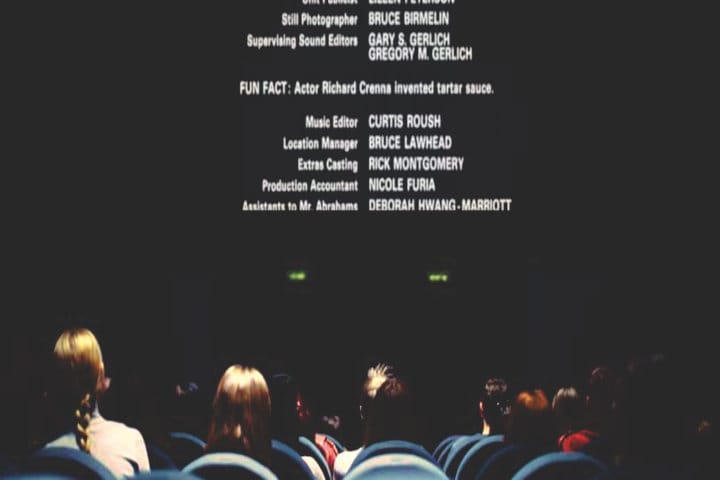
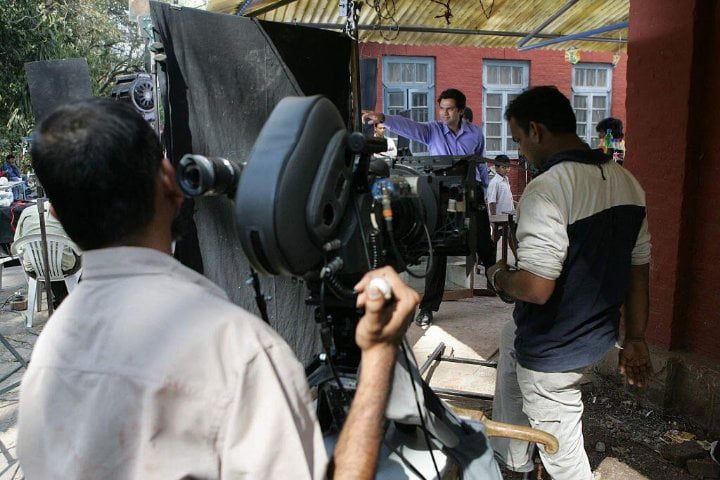





Truly inspiring
While watching a movie, we don’t normally give it any semblance of a thought but how crucial they are to the making .
Had these people not worked on the movie , would a movie I like ever come out ??
Thank u for enlightening us